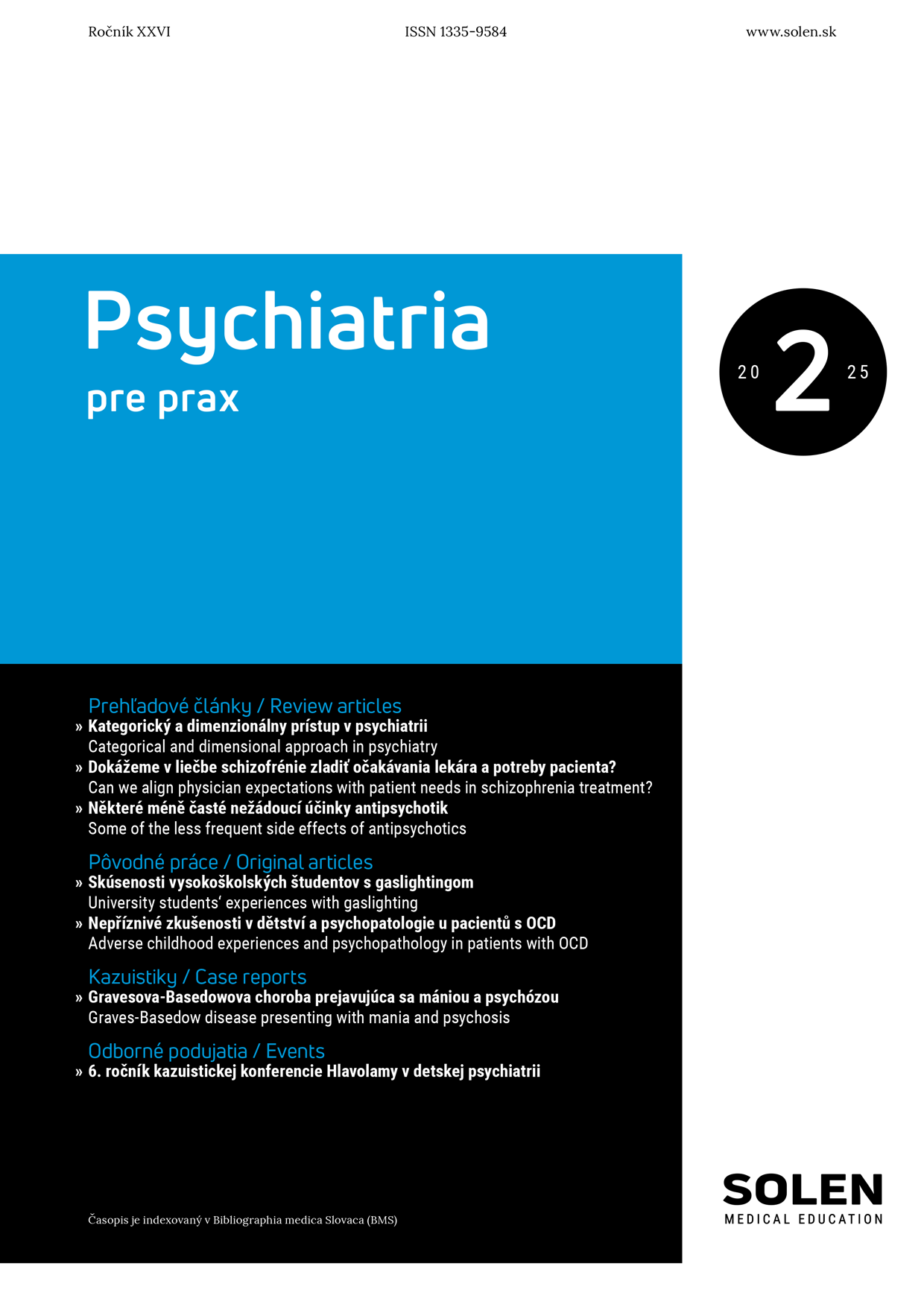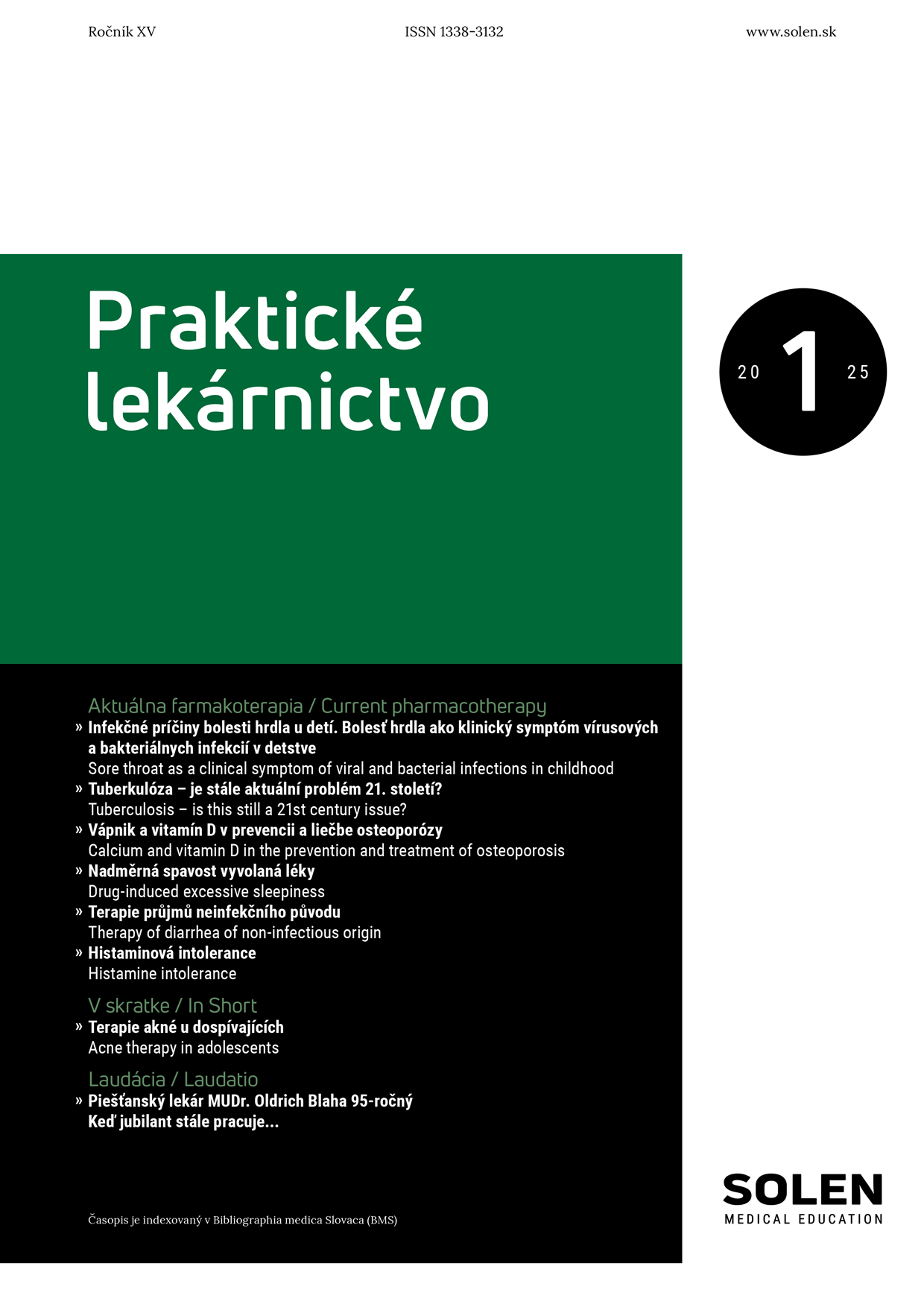Paliatívna medicína a liečba bolesti Brožúra Liečba chronickej bolesti/2011
Bolest u pacientů s nádorovým onemocněním
Bolest je jedním z nejobávanějších klinických symptomů nádorového onemocnění. Představuje jednu dimenzi komplexní zkušenosti života s nádorovým onemocněním. Celkové zvládání bolesti a „úspěšnost“ léčby bolesti velmi úzce souvisí s úspěšností vlastní proti nádorové léčby a s mírou pacientovy adaptace na situaci nádorové nemoci. Léčebná intervence proto musí být komplexní. Cílem léčby onkologické bolesti je zmírnění vlastní bolesti (paliativní cíl) a udržení/ obnovení maximální funkční zdatnosti (rehabilitační cíl). U pacientů v pokročilých fázích nemoci nabývá na významu cíl paliativní. Současná medicína umí kombinací kauzálních a symptomatických postupů zmírnit bolest na snesitelnou míru u všech onkologicky nemocných.
Kľúčové slová: nádorová bolest, průlomová bolest, hodnocení bolesti, zvládání bolesti, protinádorová léčby, symptomatická léčba, neopioidní analgetika, opioidy, koanalgetika.
Pain in cancer patients
Pain is one of the most feared clinical symptoms of cancer. It represents one dimension of the complex experience of life with cancer. Coping with pain and „successful” management of pain in a given patient depends on the overall results of oncologic therapy as well as on the patient’s adaptation to the fact of cancer disease. The therapeutic intervention has to be comprehensive and multidimensional. The goal of cancer pain management is to relieve pain (palliative goal) and to preserve/improve the function (rehabilitative goal). In patients with far advanced cancer the palliative goal prevails. Current medicine has the means to relieve the pain to a bearable and acceptable level in all cancer patients by combining anticancer treatment with symptomatic measures.
Keywords: cancer pain, breakthrough pain, pain assessment, coping, anti-cancer treatment, symptomatic treatment, non-opioid analgesics, opioids, coanalgesics.


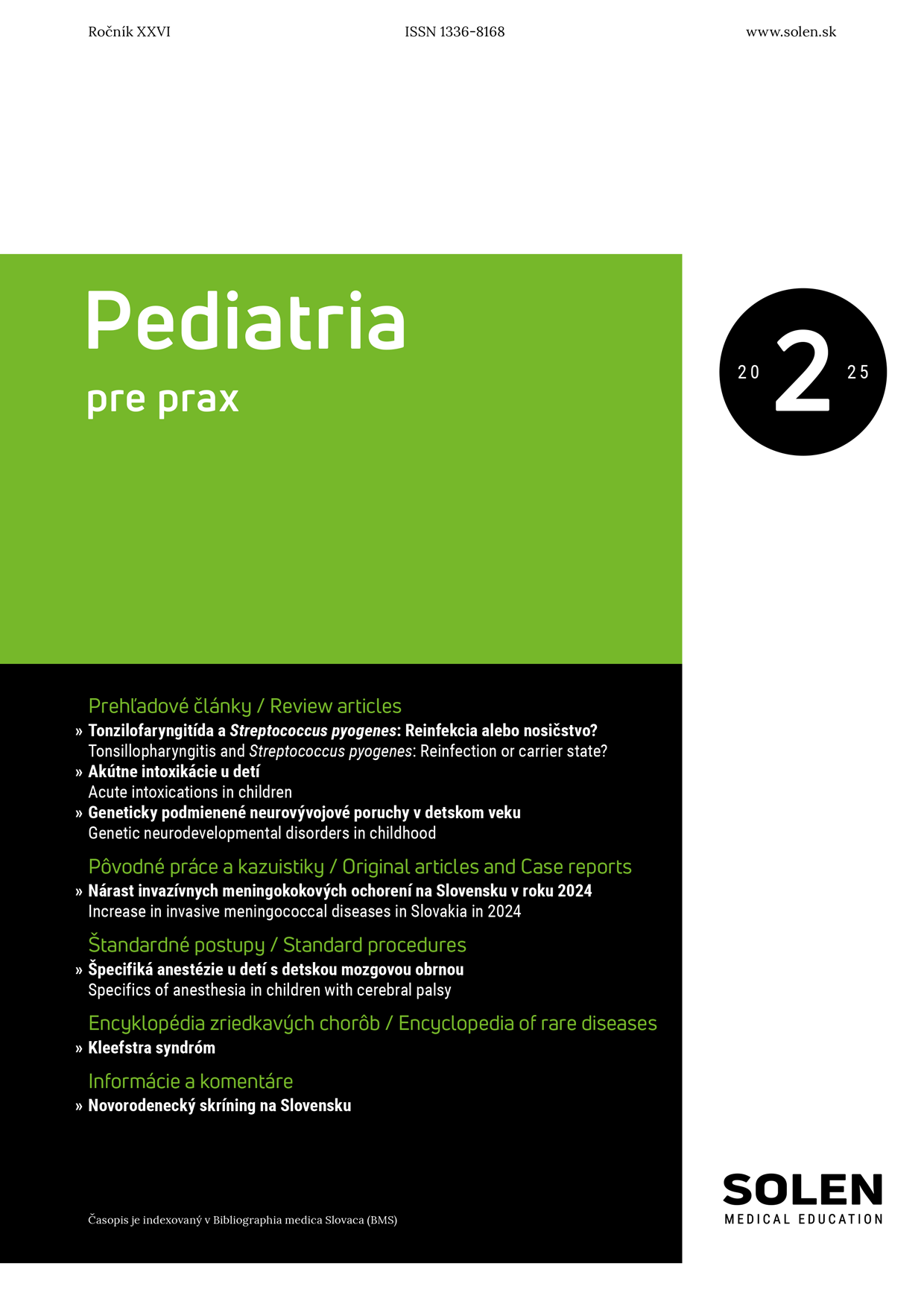
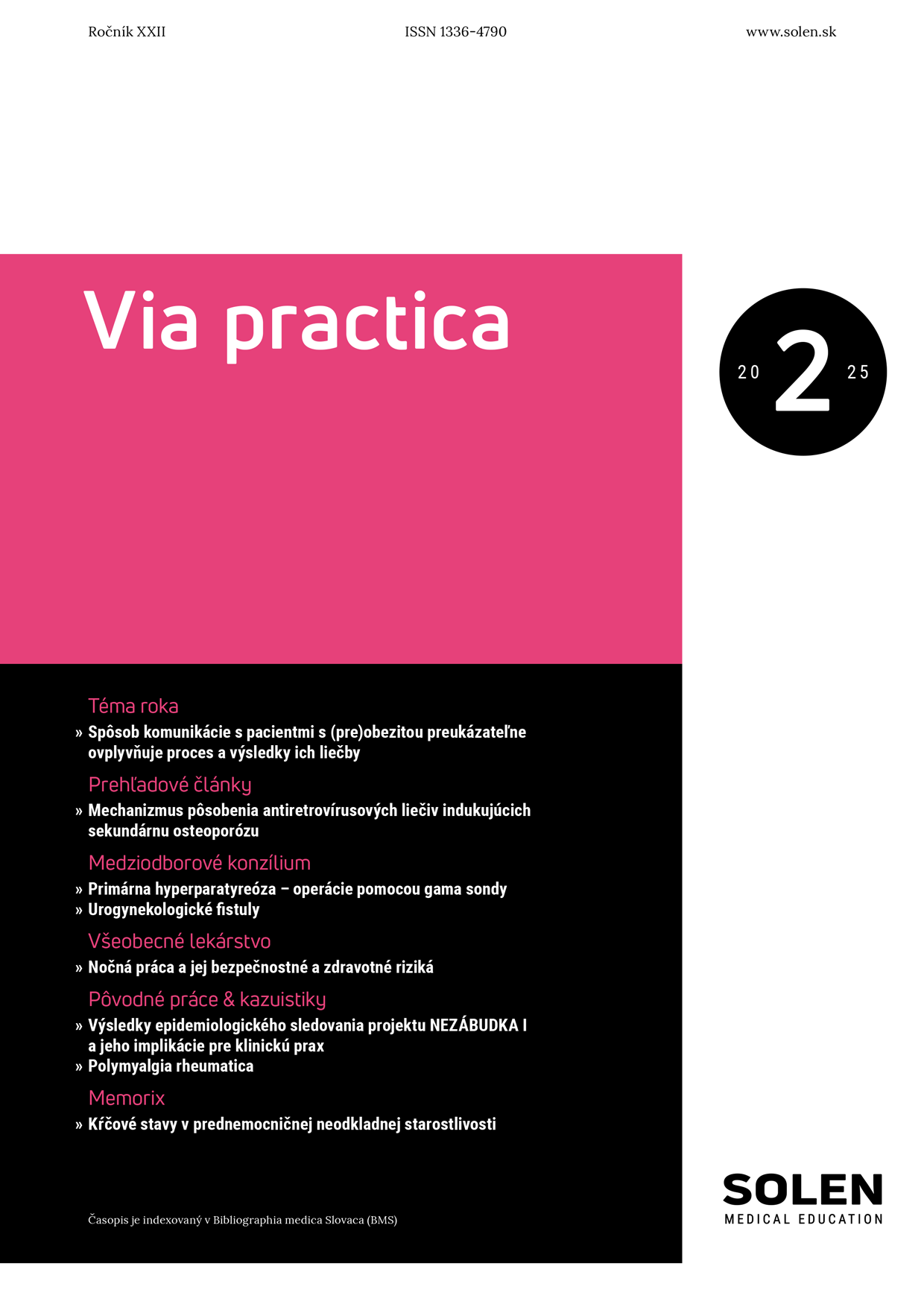
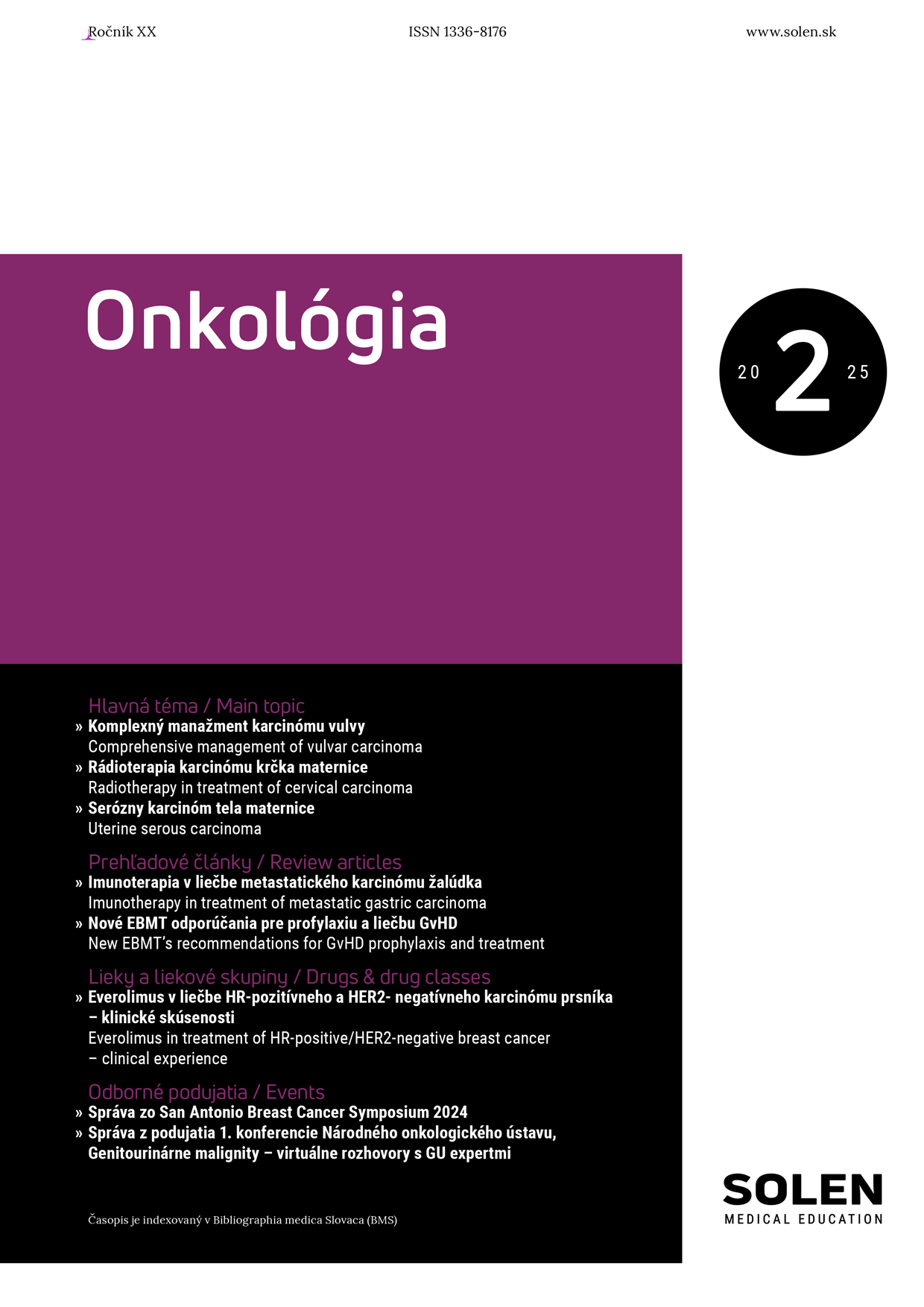
-1.png)
